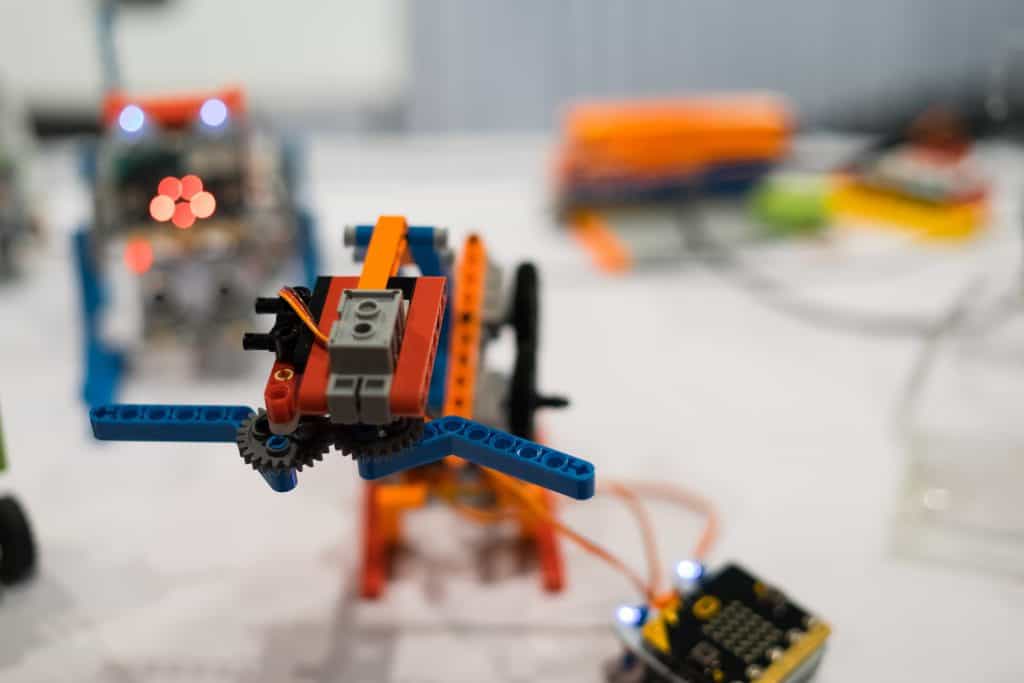Lego Robotics using BricQ

This program offers students the opportunity to learn about and explore kinetic forces through hands-on experiences. Students will build out LEGO designs that will allow them to learn about forces such as gravity, friction, propulsion & more through play. Each class will engage students with hands-on activities as well as guided lessons to develop their understanding of the physical world.
The LEGO® BricQ program is an engaging and innovative approach to teaching and learning STEM concepts, primarily aimed at students in educational settings. This program utilizes LEGO® bricks, a universally recognized and beloved building tool, to introduce and reinforce key principles in science, technology, engineering, and mathematics. Here’s a more detailed description:
Key Features of the LEGO BricQ Program:
- Hands-On Learning: The LEGO BricQ program emphasizes tactile, hands-on experiences. Students use LEGO® bricks to build models and conduct experiments, making abstract STEM concepts more tangible and understandable.
- STEM Integration: The program seamlessly integrates various STEM disciplines. For instance, while constructing a model, students might learn about engineering principles, explore mathematical ratios, or understand scientific concepts like forces and motion.
- Encourages Creativity and Problem-Solving: The LEGO BricQ program fosters creativity as students design and build their own models. It also enhances problem-solving skills, as students must figure out how to construct stable and functional structures using the bricks.
- Collaborative Learning: Many LEGO BricQ activities are designed for group work, promoting teamwork and communication skills. Students learn to collaborate, share ideas, and work together to complete projects.
- Adaptable for Various Age Groups: The program can be tailored to suit different educational levels. Younger students might engage in more basic building projects, while older students tackle more complex designs and concepts.
- Curriculum Support: The LEGO BricQ program often comes with curriculum resources, lesson plans, and teacher guides, making it easy to integrate into existing school curriculums.
- Real-World Applications: The program frequently connects the projects to real-world scenarios, helping students understand how STEM concepts apply outside the classroom.
Example Projects and Activities:
- Simple Machines: Students might build levers, pulleys, or gears with LEGO® bricks to understand basic mechanical principles.
- Physics Experiments: Models could be used to demonstrate principles of force, motion, energy, and balance.
- Mathematical Concepts: LEGO® bricks are excellent for visualizing fractions, ratios, geometry, and other mathematical ideas.
Educational Benefits:
- Engagement: The use of LEGO® bricks in education is highly engaging for students, often increasing their interest and participation in STEM subjects.
- Understanding and Retention: The tactile and visual nature of building with LEGO® bricks can enhance understanding and retention of complex concepts.
- Skill Development: Beyond STEM skills, the LEGO BricQ program aids in the development of fine motor skills, spatial awareness, and creative thinking.
The LEGO BricQ program represents a dynamic and interactive way to bring STEM education to life, leveraging the familiarity and appeal of LEGO® bricks to create a rich educational experience.